As we age, our bodies undergo natural changes that can affect our mobility, flexibility, and overall health. Yoga, with its gentle and adaptable nature, can effectively address these age-related concerns, promoting a sense of well-being and vitality in seniors.
Benefits of Yoga for Seniors
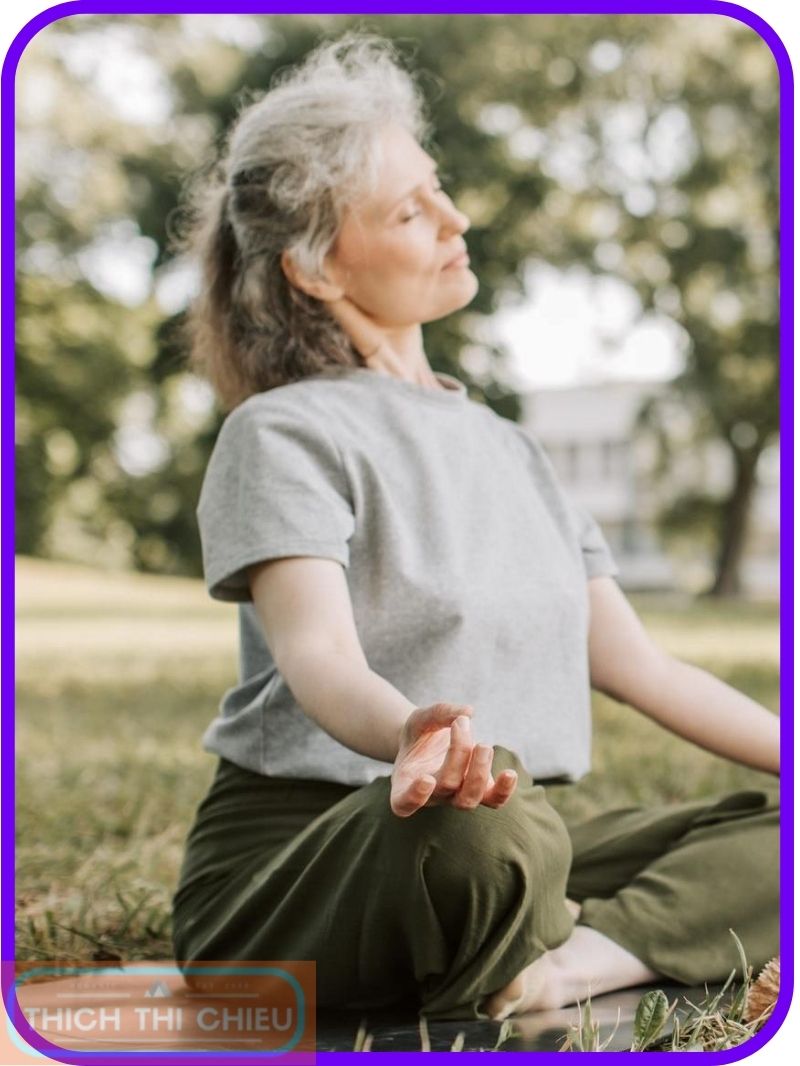
Improved Physical Health
Enhanced Flexibility, Balance, and Strength
Yoga postures, also known as asanas, help improve flexibility, balance, and strength, which are essential for maintaining physical independence and reducing the risk of falls and injuries. As we age, our muscles tend to become less flexible and joints can become less mobile. Yoga’s gentle stretching and strengthening movements help to counteract these effects, improving range of motion, coordination, and overall physical fitness.
Reduced Risk of Falls and Injuries
Falls are a major concern for seniors, as they can lead to serious injuries and even hospitalization. Yoga helps to reduce the risk of falls by improving balance, coordination, and proprioception, which is the body’s awareness of its position in space.
Improved Cardiovascular Health
Yoga’s deep breathing techniques and relaxation practices help to lower blood pressure, reduce stress hormones, and improve circulation. These benefits can contribute to better cardiovascular health and reduce the risk of heart disease and stroke.
Management of Conditions Like Arthritis and Osteoporosis
Yoga can help manage the pain and discomfort associated with conditions like arthritis and osteoporosis. The gentle movements and stretching exercises help to improve joint mobility and flexibility, while the relaxation techniques help to reduce pain and inflammation.
Enhanced Mental Well-being
Reduced Stress, Anxiety, and Depression
Yoga’s emphasis on deep breathing, relaxation, and mindfulness has been shown to effectively reduce stress, anxiety, and depression. The practice helps to calm the mind, reduce racing thoughts, and promote a sense of peace and well-being.
Improved Emotional Well-being and Cognitive Function
Yoga has been shown to improve emotional well-being by promoting self-awareness, self-acceptance, and self-compassion. It can also enhance cognitive function by improving memory, focus, and concentration.
Cultivated Mindfulness and Self-awareness
Yoga’s focus on the present moment and the connection between the mind and body fosters mindfulness and self-awareness. These qualities can help seniors navigate the challenges of aging with greater resilience and emotional balance.
Social Connection and Support
Combating Loneliness and Isolation Through Social Interaction
Yoga classes provide opportunities for social interaction and camaraderie among seniors, helping to combat loneliness and isolation. The shared experience of yoga can create a sense of belonging and community, reducing the risk of social isolation, which is a significant health concern for seniors.
Gentle and Effective Asanas for Seniors
Here are some gentle yet effective yoga asanas that can be incorporated into a senior’s yoga practice:
Tadasana (Mountain Pose)
Tadasana, a fundamental yoga pose, promotes balance, alignment, and grounding.
To practice Tadasana:
- Stand with feet together, grounding through the soles.
- Engage the core muscles and lengthen the spine.
- Relax the shoulders and keep the arms at the sides.
- Hold the pose for 5-10 breaths.
Vriksasana (Tree Pose)
Vriksasana enhances balance, coordination, and focus.
To practice Vriksasana:
- Stand tall and shift weight to one leg.
- Bend the other leg and place the sole on the inner thigh or calf of the supporting leg.
- Raise your arms overhead in a prayer position.
- Hold the pose for 5-10 breaths on each side.
Baddha Konasana (Bound Angle Pose)
Baddha Konasana improves hip flexibility, inner thigh strength, and relaxation.
To practice Baddha Konasana:
- Sit on the floor with legs extended.
- Bend your knees and bring the soles of your feet together, pressing your knees towards the floor.
- Lengthen the spine and relax the shoulders.
- Hold the pose for 5-10 breaths.
Trikonasana (Triangle Pose)
Trikonasana enhances flexibility, balance, and strength in the legs and spine.
To practice Trikonasana:
- Stand with feet wide apart, extend one arm towards the floor, aligning it with the ankle of the extended leg.
- Keep the other arm reaching towards the ceiling.
- Hinge at the hips, keeping the spine long.
- Hold the pose for 5-10 breaths on each side.
Balasana (Child’s Pose)
Balasana provides relaxation, stress reduction, and gentle stretching for the back and hips.
To practice Balasana:
- Kneel on the floor, sit back on your heels, and fold forward, resting your forehead on the mat.
- Relax your arms alongside your body.
- Hold the pose for 5-10 breaths.
Tips for Seniors Practicing Yoga
To ensure a safe and effective yoga practice for seniors, here are some essential tips to guide your journey:
Seek Guidance from an Experienced Yoga Instructor
The guidance of an experienced yoga instructor is invaluable for seniors embarking on a yoga practice. A knowledgeable instructor can tailor the practice to your individual needs and limitations, ensuring that the poses and movements are safe and appropriate for your level of experience and physical condition.
Start Slow and Progress Gradually
Avoid rushing into a vigorous yoga practice. Begin with gentle and basic poses, gradually increasing the intensity and duration of your practice as your strength, flexibility, and confidence improve. Patience and consistency are key to reaping the long-term benefits of yoga.
Listen to Your Body and Avoid Pushing Beyond Your Comfort Zone
Yoga is not about pushing yourself to the limits of your physical ability. Honor your body’s signals and listen to your intuition. If you experience any pain or discomfort, modify the pose or take a break. Yoga should be a source of enjoyment and relaxation, not discomfort or strain.
Use Props as Needed for Support and Modifications
Yoga props, such as blocks, straps, and bolsters, can be invaluable tools for seniors, providing support and modifications to make poses more accessible and comfortable. Don’t hesitate to use props to enhance your practice and prevent strain or injury.
Aim for Regular Practice for Optimal Benefits
Regularity is key to unlocking the full benefits of yoga. Aim to practice yoga at least two to three times per week for optimal physical and mental well-being. Consistent practice will help you build strength, flexibility, and a sense of inner peace.
Additional Tips:
- Wear comfortable and loose-fitting clothing that allows for freedom of movement.
- Practice in a well-ventilated and comfortable space with a non-slip mat.
- Inform your yoga instructor about any pre-existing health conditions or injuries.
- Hydrate well before, during, and after your yoga practice.
Yoga offers a transformative path to enhanced well-being for seniors, fostering physical strength, mental clarity, and emotional balance. By incorporating yoga into their daily lives, seniors can embrace their golden years with vitality, grace, and a newfound appreciation for their bodies and minds. Hopefully, the above article of TTC has provided you with useful information. If you have any questions or concerns, please leave a comment below.
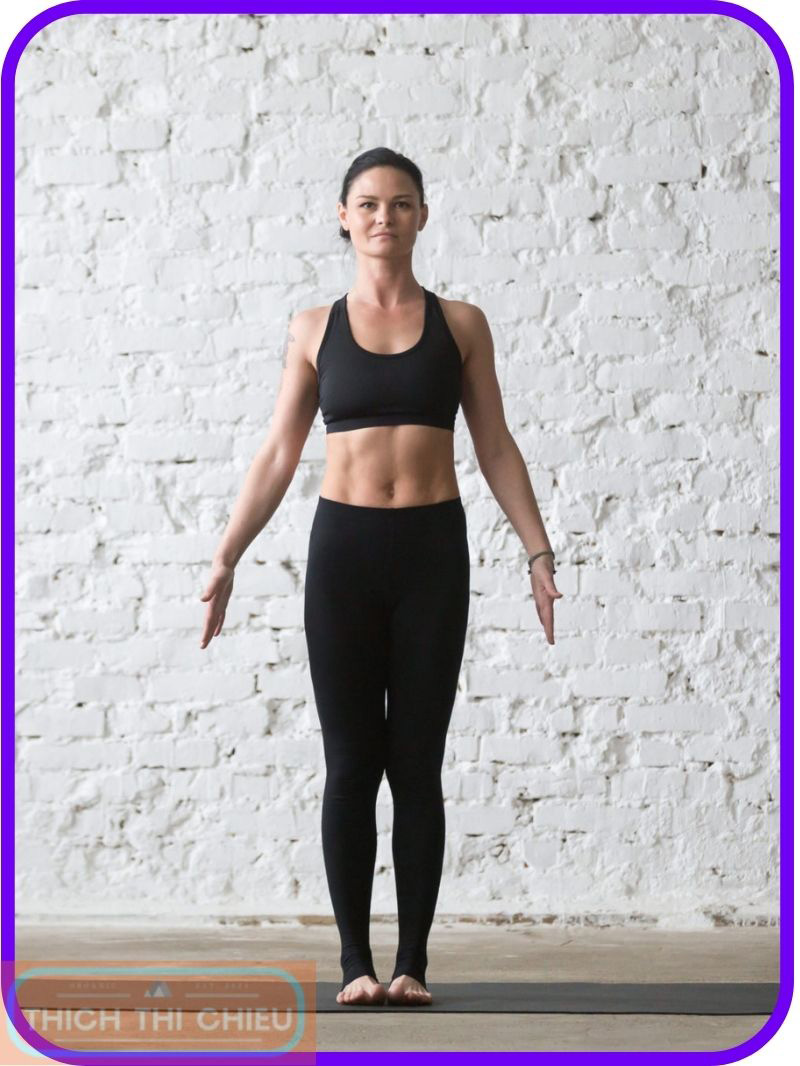
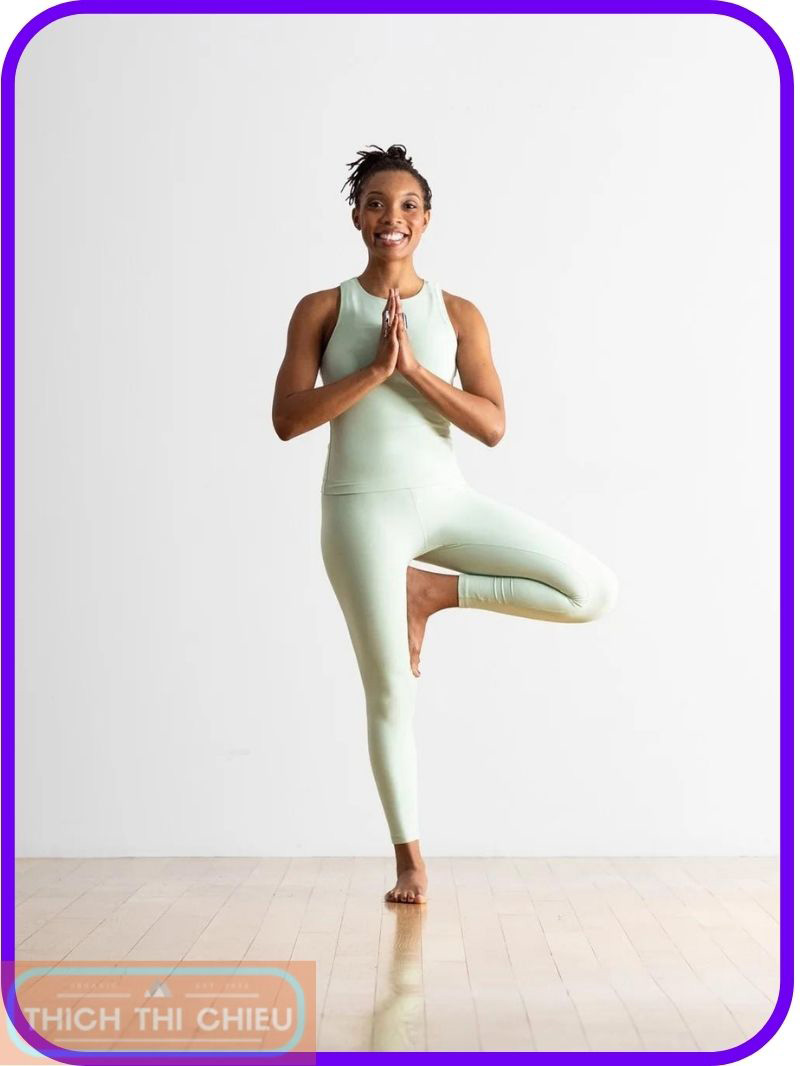
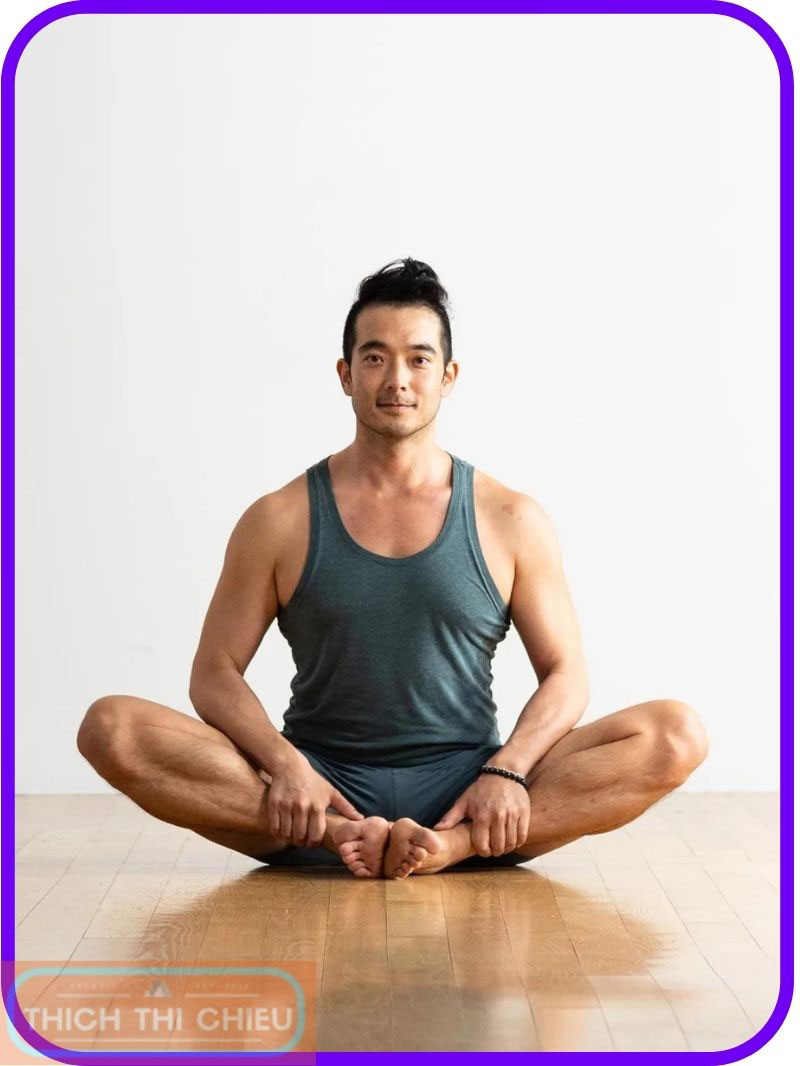
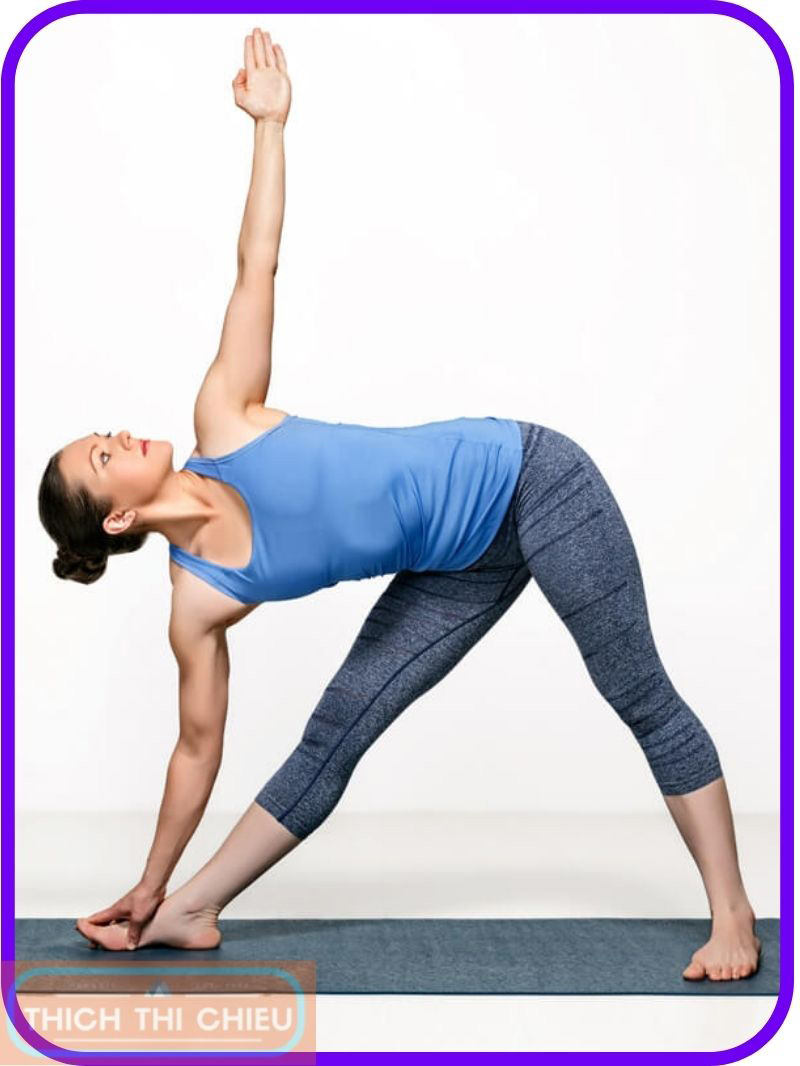
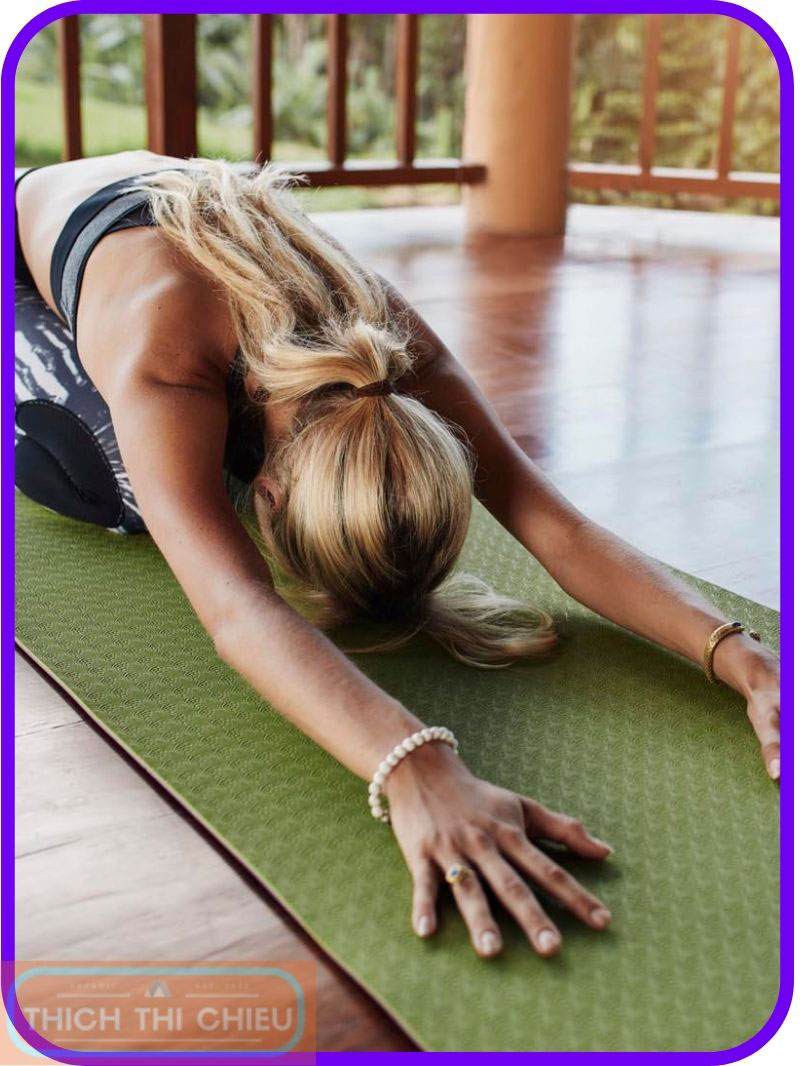





Leave a Reply